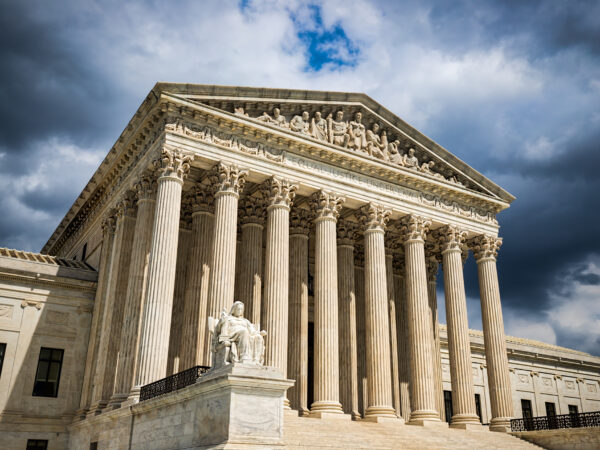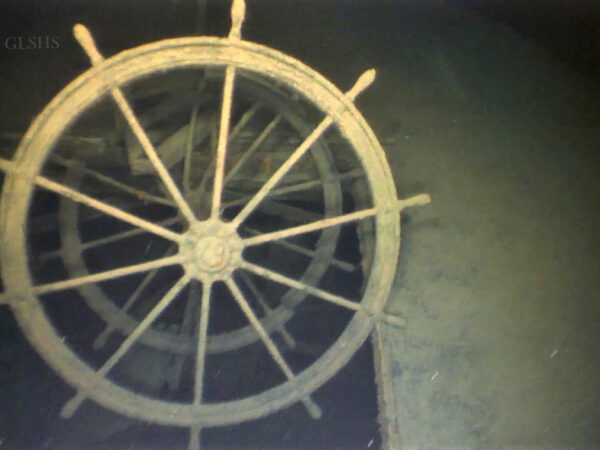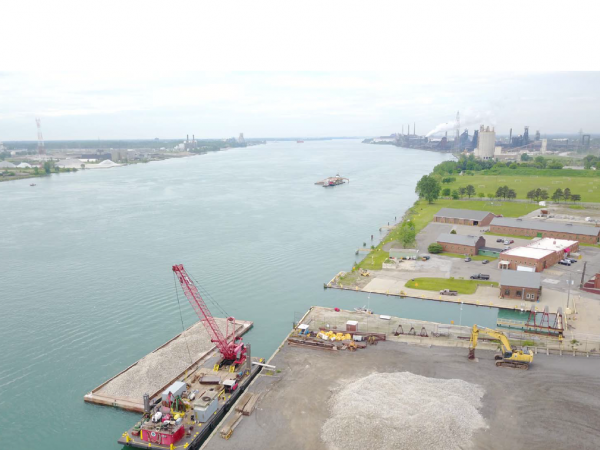
This lesson will explore the phenomenon of friction on ski slopes in the Great Lakes, highlighting why some of the best ski hills are found in the Lake Superior region. Students will delve into the physics principles that enable skiing and snowboarding down a pre-historic volcano in the Keweenaw Peninsula, focusing on concepts like friction, slope ratings, and modeling motion on inclined planes. Through hands-on activities, they will discover the science behind skiing in the Great Lakes region—and what makes it so great.
- Know how the angle of a slope affects motion
- Understand how warmer winters affect ski culture
- Be able to test the effect of ski wax on friction to see how it affects the motion of skis on snow
View the entire lesson plan including teacher background information, worksheets and more below or download for free here.
Activity 1:
This activity is a video discussion of a Great Lakes Now segment discussing skiing on Mount Bohemia in the Lake Superior area of the Great Lakes region.
Watch a Great Lakes Now Segment
Activity 2:
The ski industry provides a seasonal source of jobs, business, and recreation for many people in the Great Lakes. But what happens during a warm winter when snowfall is scarce? How do businesses, skiers, and snowboarders contend? As they read, students will learn about the how the ski industry in Hayward, WI faced a critical challenge as the warmest on record threatened their iconic American Birkebeiner ski race and what they did in response to the not-so-wintery weather.
In this activity, students will use a Think Pair Square Protocol for discussing what they will read about this very topic.
Read About the History of Copper Mining
Activity 3:
The purpose of this activity is for students to measure the acceleration of a block of dry ice on a flat, smooth surface so that they better understand how lower friction aids skiers.
Activity 4:
The purpose of this activity is for students to observe and measure how the angle and steepness of a ski slope affect a skier’s speed by modeling a ski slope and skier with an inclined plane and ball.
Modeling the Steepness of Ski Slopes
Activity 5:
The purpose of this activity is for students to investigate how different types of ski wax affect the friction between skis or snowboards and snow.
Testing the Effect of Ski Wax on Friction
Learn all about Ski Slopes and Saunas on the episode landing page.
If you use this lesson or any of its activities with your learners, we’d love to hear about it! Contact us with any feedback or questions at: GreatLakesNow@DPTV.org




